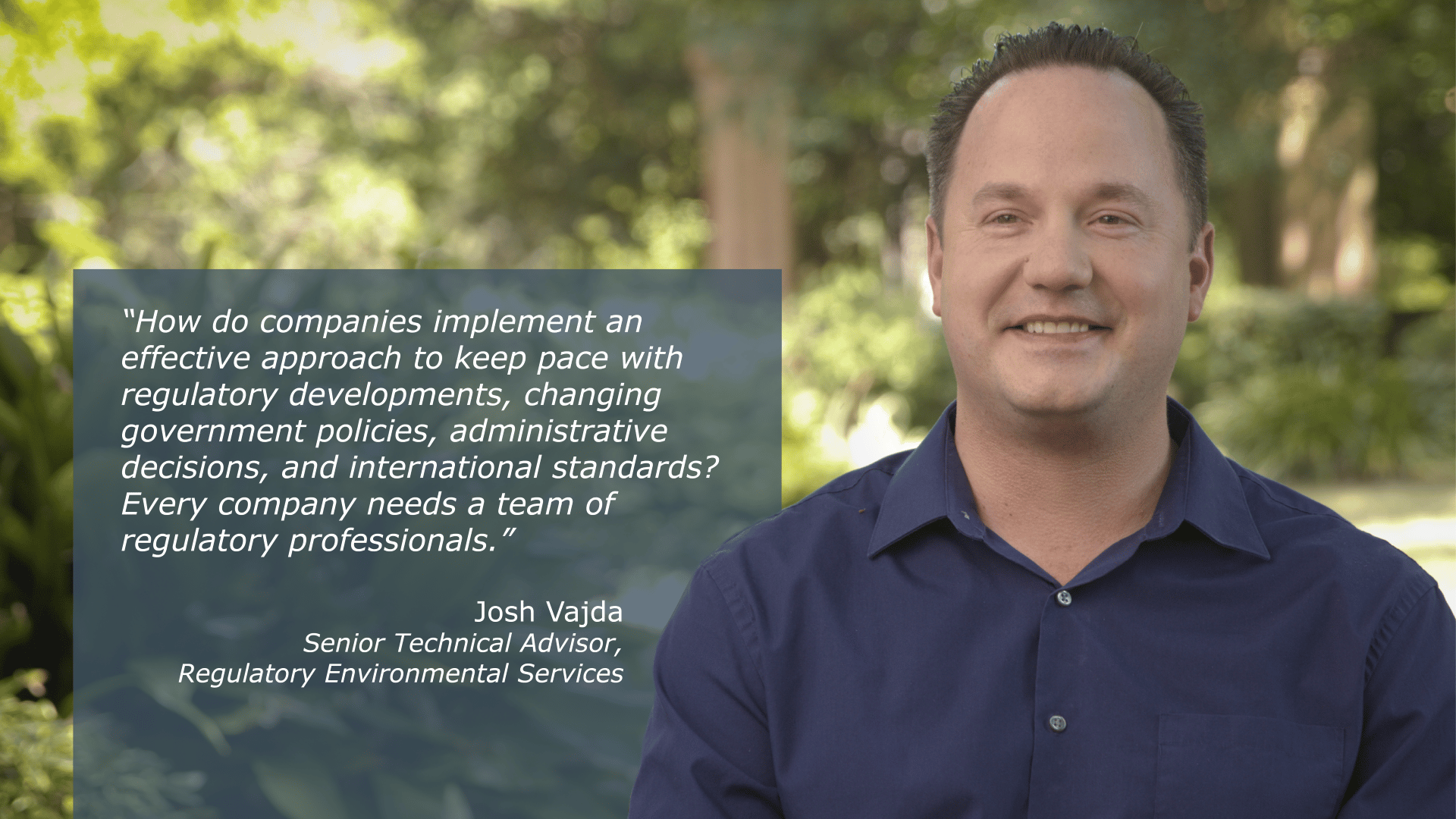Safeguarding the Environment through effective environmental permitting and lab analysis

Dozens of environmental rules and regulations have been amended over the past few decades, which often leads to uncertainty and confusion. As rules continue to evolve, compliance can feel like a moving target. How do companies implement an effective approach to keep pace with regulatory developments, changing government policies, administrative decisions, and international standards? The use of technology, such as artificial intelligence or compliance software, is an effective way to transform large amounts of federal rules and regulations into reliable, digestible, and usable information. However, the use of human intelligence should not be overlooked. Every company needs a team of regulatory professionals. Networking with others in the industry as well as attending conferences allows personnel to stay current with new regulations.
Tomorrow’s Issues Are on our Doorstep Today
Environmental remediation, which includes soil, sediment, and groundwater cleanup, is extremely difficult. Unique geologic, hydrogeologic, and geochemical conditions could complicate the selection of an appropriate remediation approach. This may impact site and project objectives, adding complexity to the long-term cleanup strategy. Geology, including fractured bedrock and low-permeability media, determines pathways for contaminant migration. By understanding site-specific geologic conditions, clear data quality objectives are established to properly assess subsequent hydrogeology and geochemistry data sets. The data quality objectives guide the process that identifies the decisions to be made, specifies the quality requirements for those decisions, and develops a defensible sampling and analysis plan, which validates the remediation approach.
To Automate or Not to Automate…that is the question
A robust groundwater sampling program is a key component in validating the effectiveness of the environmental remediation effort for a contaminated site. The overall goal is to obtain samples with no alteration in water chemistry within the formation. Data sets collected from monitoring wells, which help to understand contaminant transport and distribution within deep aquifers, are sometimes muddled by improper processes.
Automation is not always the best approach. Pneumatic pumps, operated by automated controllers, are typically chosen for low flow purging and sampling evolutions. However, automating the drawdown for low flow conditions is not an appropriate approach for wells with slow recharge. An unwanted instantaneous purge may occur when the rate of recharge is slower than the pumping rate or drawdown. Rapid removal of fluid in low hydraulic conductivity formations increases the velocity of liquid flowing back into the well. This creates turbulence and increases turbidity as the well recharges, which results in the inclusion of otherwise immobile artifactual particles. This phenomenon can overestimate certain analytes of interest, such as hydrophobic organic compounds and some metals, which may incorrectly conclude that the remediation efforts were unsuccessful.
Actinide Separation Techniques and Advances in Analytical Chemistry
Low-level determination of radionuclides (i.e., femtogram [10-15] level) within environmental samples previously involved a lengthy process, which was further complicated by low recoveries and poor precision. However, advances in analytical chemistry and actinide separation techniques have improved precision and increased sample recoveries. Automatic online separation methods using alpha spectrometry and inductively coupled plasma mass spectrometry reduces the analytical time and effort required to determine low-level transuranic radionuclides in various sample media. This hybrid approach uses stacked extraction chromatography cartridges and vacuum box technology to facilitate rapid separations. By adjusting laboratory methods and separation techniques, the magnitude of compounding errors is minimized, which reduces the uncertainty within a data set.
Importance of Strong Stakeholder Relations
Sites are not only confronted with technical challenges regarding environmental remediation efforts, but they face nontechnical challenges including broad societal expectations and social acceptability, which impact long-term cleanup plans. Civic engagement creates and maintains a community that is educated, aware, motivated, and supportive. Strong stakeholder relationships are important because they allow sites to consider public values, concerns, and ideas before making a decision. If the public is not informed or integrated into the decision-making process, they may have reasons to doubt, criticize, or challenge permit renewals. It is crucial that leaders, who manage complex sites undergoing remediation, ensure that public engagement activities are informative and meaningful.



